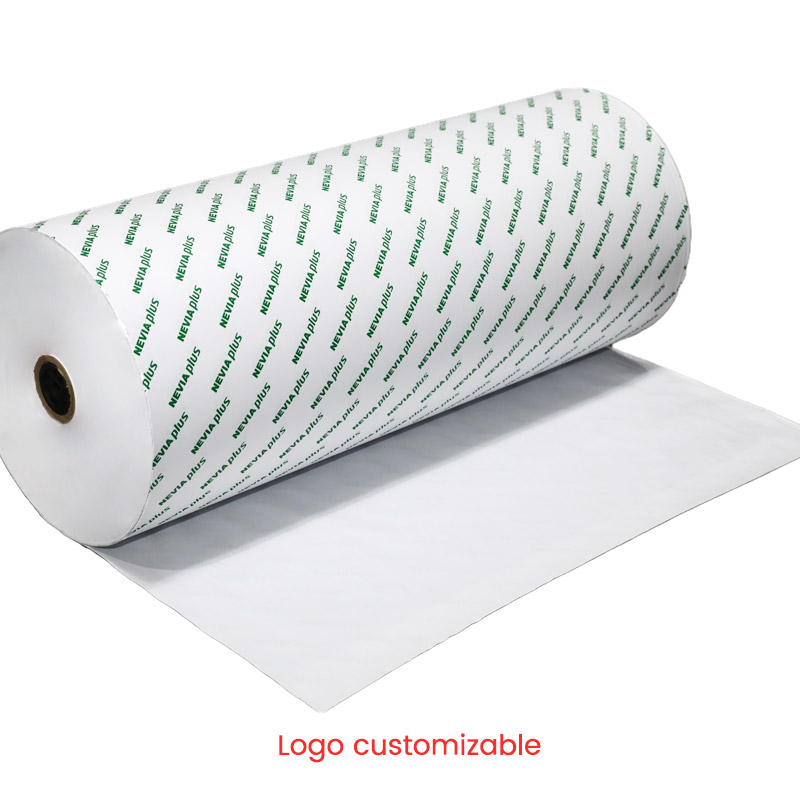There are many reasons to choose release paper. One of them is the cost. Most release paper manufacturers don't produce them in dust-free workshops because of the cost involved. However, some have improved the environment and cleanliness of their facilities. Another reason is the degree of release. Peel force is a measure of how easily it can be peeled off a surface. The peel force of a release paper depends on its formulation. If it is too easy to be peeled off, the product may not work properly.
A release base paper has certain desired properties. For example, it must be smooth, impermeable to air and dimensionally stable. It should also be resistant to bleed through of secondary coatings. Various calendering processes, including supercalendering, can impart the desired properties to a paper. But these processes will add weight and delay the manufacturing process. Therefore, the release base paper must be suitable for the application.
The silicone release agent may be thermally or radiation-cured, delivered in an aqueous emulsion or in a solventless system. Solventless systems are the most popular amongst release paper manufacturers. Solventless systems have no thermal curing mechanism, making it the most difficult substrate to treat. Solventless coatings require a smaller molecule size for optimal penetration into the paper pores. So, the release agent should be resistant to a high temperature.
The apparent density is often correlated with porosity. Apparent density is a measure of mass per volume. It is determined by dividing basis weight by thickness, where base weight is expressed in lbs./3000 ft. and thickness is in caliper thousanths of an inch. Most release base grades in North America are expressed in lbs. per mil. Higher apparent density means less porous sheet, better caliper control, and a harder surface.
Some of the common types of release base papers include acetate, polyethylene, or polyvinyl acetate. These materials are often used in food-processing, such as pressure-sensitive adhesive labels, name tags, and casting substrates. There are also specialty papers that have no secondary layer at all. There are many uses for release paper, so it's worth knowing about the different types available. The ones below will give you an idea of what's available.